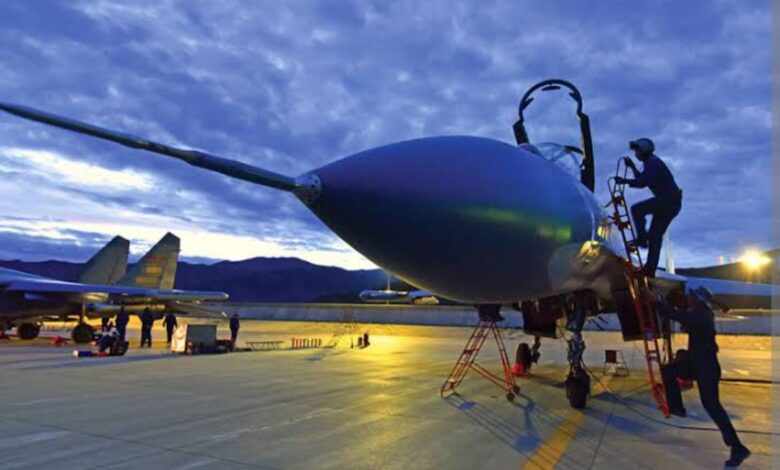
Chinese Air Power Grows Rapidly
A major priority for the Indian Air Force (IAF) is to induct more modern aircraft. The most potent means of waging war is through air power. In addition to its long-range precision and flexibility, it is also cost-effective.
As modern fighters are Omni-role aircraft, they can perform several missions simultaneously. In addition to the range extension, aerial refuelling has been employed.
When the AEW&C is deployed deep inside enemy territory, it provides cover for the team. The country shares its borders with two nuclear-weapons-possessing countries.
Both countries face serious border disputes, wars, and skirmishes across their borders. Offensive and defensive operations can be conducted with combat aircraft.
The fifth and sixth-generation fighters expected to see the world through this century will be manned, despite predictions that they will be unmanned.
The IAF has 30 fighter squadrons, the lowest number in its history. According to a government announcement, four MiG-21 Bison squadrons will be retired by 2025.
Only a couple of LCA squadrons will be inducted during this period. A further decrease in squadron strength would result from this. PAF has 22 fighter squadrons and over 450 fighter aircraft.
With approximately 59 fighter brigades, each with 24 to 28 aircraft, China has 59 theatre commands. At Beijing’s PLAAF HQ, there are 20 to plus Brigades.
Furthermore, China has recently increased the number of aircraft carriers and has nearly 500 aircraft in its PLA Navy (PLAN).
Several of India’s neighbors have increased their air power over the past few years. While the PLAAF is committed to China’s Pacific front, its speed and flexibility allow it to deploy in other areas quickly.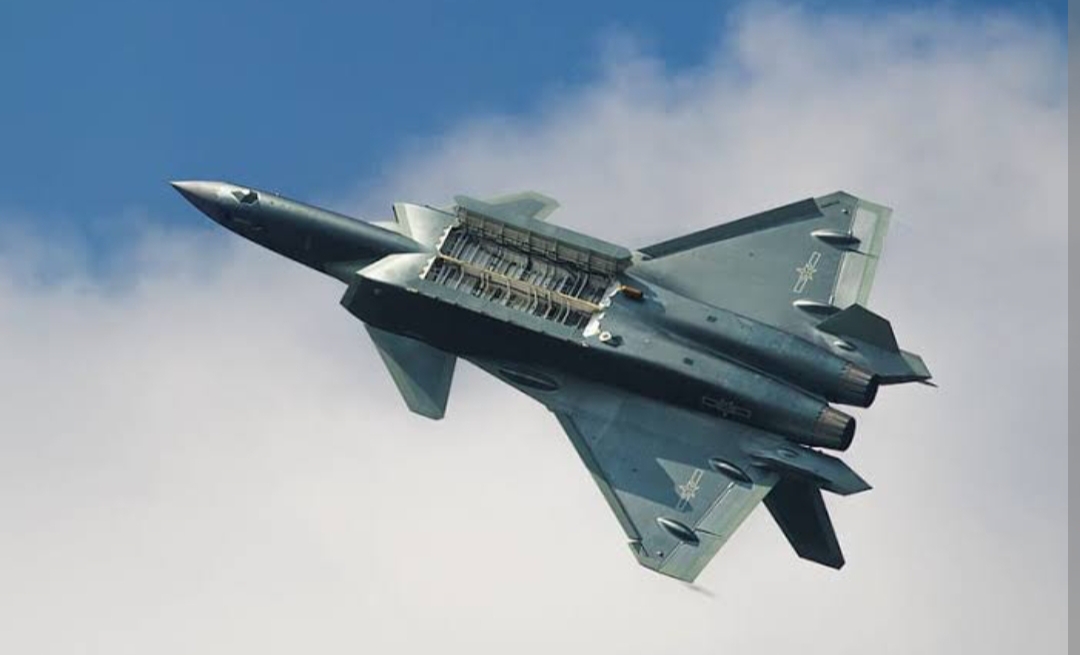
Several air platforms are being produced in China, including all genres of aircraft, which is helping the PLAAF acquire top-end weapons and systems of global quality.
Cyber, electronic warfare, and long-range missiles are among the technologies being emphasized more than in the past, such as stealth, hypersonic, artificial intelligence (AI), and hypersonic technology.
In addition, the PLAAF reorganized its flying training and tactics, emphasizing more realistic training. According to global reach requirements, the PLAAF has changed its operational doctrine considerably.
Defending critical assets from air attacks, conducting long-range offensive precision strikes, integrating battlefield support missions, conducting intelligence surveillance and reconnaissance (ISR), carrying out information operations, and extending strategic air transportation reach are all priorities.
Air and space integration will be essential to support offensive and defensive operations. As part of its hybrid network-centric war preparations, PLAAF is preparing for hybrid warfare.
PLAAF attempts to compensate for low war exposure through increased air exercise exposure. PLAAF’s performance, command and control, and electronic warfare capabilities are catching up to Western air forces in many areas.
With nearly 1,700 aircraft, 900 are 4th generation or newer, and the PLAAF is the third-largest air force in the world. In the fifth generation, almost 150 J-20 stealth fighters have been produced.
Efforts are being made to accelerate the development of the J-31, the second stealth aircraft. The PLAAF also operates a total of 170 H-6 variants. The H-6K version with an extended range can carry air-launched Cruise missiles.
Armaments are often carried on these vehicles (UCAVs). A new long-range stealth bomber H-20 is being developed to attack targets in the region and worldwide.
A 2025 deadline has been set for its release. Moreover, the PLAAF is inducting long-range aerial missiles capable of reaching 300 kilometers.
A long-range offensive precision strike is one of the PLAAF’s essential beliefs. The PLARF (People’s Liberation Army Rocket Force) will coordinate various tactics.
Multiple defenses are in place to ensure it is protected from air attacks. Chinese satellite constellations enable it to monitor and target targets at short intervals.
During information warfare, electronic warfare, and cyber warfare, the PLAAF places a greater emphasis. As well as the PLAAF, the PLA Strategic Support Force (PLASSF) coordinates closely with it.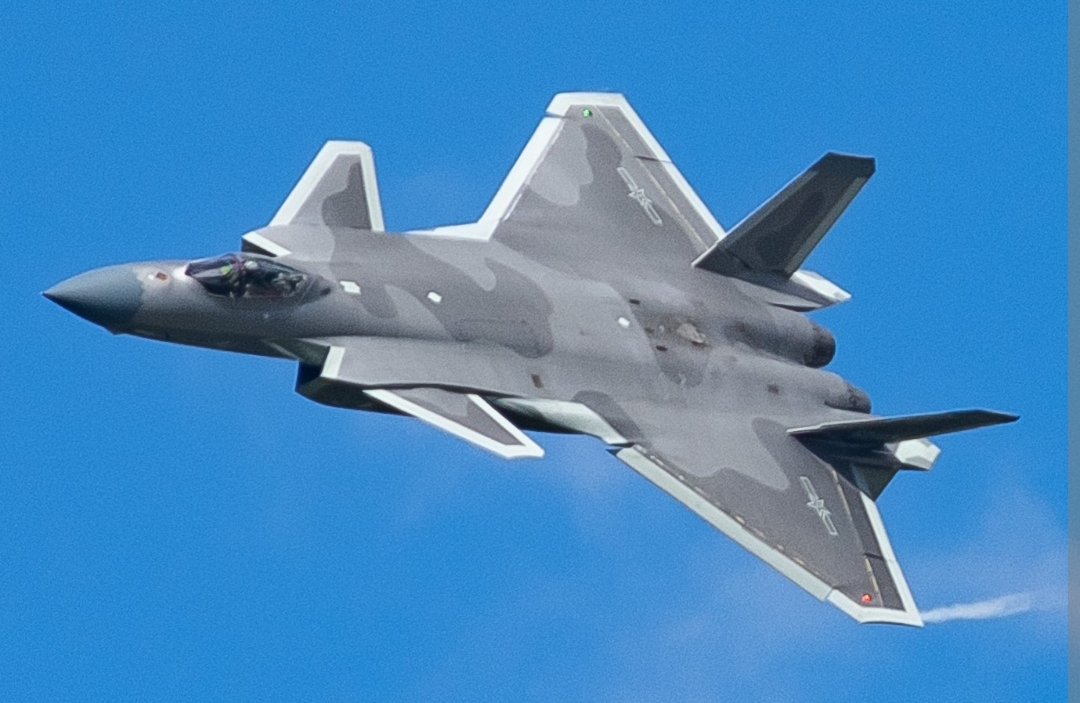
There are regular engagements between the PLAAF and the PLA Navy and large force exercises. It has become more common for them to exercise in Tibet.
As a result, the IAF only has 30 fighter squadrons. There are two Rafale aircraft, 12 Su 30MKI aircraft, four MiG 21 Bison aircraft, three MiG 29 aircraft, six Jaguar aircraft, and two LCA aircraft.
The Rafale is superior compared to China’s J-10, J-11, and Su-27 fighter jets. Air-to-air missiles MICA and Meteor are incorporated into the Rafale fighters. There is a very high degree of accuracy with both SCALP cruise missiles and Hammer glide bombs.
Additionally, Rafale’s electronic warfare suite ranks among the best in the region. Sukhoi Su-30MKI is the primary air superiority fighter of the IAF and possesses the capability to strike at long ranges using air-to-ground missiles.
It is also the MiG 29 that has been upgraded and the Mirage 2000. A total of three AWACS aircraft and three AEW&C aircraft developed by DRDO are in the IAF.
Additionally, only six IL-78 Flight Refueling Aircraft (FRA) are in service with the IAF. A country like India, which has to cover the Indian Ocean Region and is a continent-sized country, needs both of these fleets to be augmented.
India’s integrated radar chain supports network-centric offensive and defensive operations well. Upgrades are underway for IAF surface-to-air missile systems like the SAM-3 Pechora and the SAM-8 OSA-AK.
The AD coverage will be necessary with the induction of many indigenous Akash systems and the five Russian S-400 systems already being inducted from Russia.
Many systems are being installed along the Chinese border to cover it. MICA, Meteor, Astra, SCALP, BrahMos, and Hammer are among the various aerial weapons the IAF has acquired.
By reaching the Straits of Malacca, the IAF already has a reach that reaches the Persian Gulf. Inflight refueling allows it to reach parts of the South China Sea from the island territories.
In addition to exercising regularly, the IAF is increasing its level of interoperability with major air forces worldwide. There is, however, a shortage of numbers in the IAF. Compared to China, the IAF has a clear advantage regarding the number of airfields and their altitudes.
The Chinese government is investing heavily in infrastructure and bringing in more assets. To protect IAF airfields, more hardened shelters are required. Radars and air defense systems need to be positioned more widely.
Executing an aggressive air campaign against multiple targets spread out over a wide area would be necessary. China will launch a barrage of surface attack missiles to strike at India’s critical infrastructure, including airfields.
India’s air defenses would need to defend against an attack like this. India would have to attain local air superiority to achieve local sectoral air superiority.
It must be remembered that if just two Chinese airfields in each sector were to be neutralized, their fate would be much more severe than if the same occurred to India.
Thus, India should build an inventory of surface and air-launched missiles to neutralize the PLAAF airfield. There will be high dividends in the mountains if interdiction is successful.
The destruction of a few bridges could slow down logistics chains and supplies. Roads can be blocked by creating weapon-triggered landslides.
The very few roads would be clogged with convoys in the event of an attack against them. Air offers both kinetic and non-kinetic options with pinpoint accuracy.
This will result in a change in the outcomes and actions of the surface forces. In addition to producing physical effects, it can also have psychological effects simultaneously.
The objectives will be achieved through the use of both fighter aircraft and attack helicopters. The UCAVs will be used for battlefield attacks, anti-tank and anti-personnel missions, and interdiction missions.
As well as airlifting troops and military hardware within and between sectors, the transport and helicopters would also provide cargo transportation. Battle situations may require inter-valley transfers.
There are many capabilities and reach the IAF possesses in this area. Ground radars are limited in the mountains, so more reliance on AWACS would be necessary.
Increasing numbers will be necessary. Satellites and uncrewed aerial vehicles will need to be used to perform ISR. If revisit times were to be reduced, the number of visitors would need to increase.
To become a capability-based force, the IAF must also transform from a platform-based point to a capability-based point. The strategy will be based on effect-based, network-centric operations.
E-warfare and cyber warfare will be more effective on the side that employs these means and tools more efficiently. The key will be to secure the internal network and deny access to the adversary’s network.
As cyber and electronic warfare operations move deeper into enemy territory, air and space platforms will significantly support them. The interoperability between the two systems is excellent.
Both countries have territorial interests in Jammu, Kashmir, and Ladakh. Pakistan can allow the PLAAF to use its airbases in case of Sino-Indian conflict.
There is also a possibility of opening a front. To deal with this issue, the Indian military will have to consider this. The number of fighter aircraft required by the IAF will surely increase.
India must rebuild its 42 fighter squadrons, even when it only considers the threat from China. Rebuilding IAF fighter numbers requires many approaches.
Only the seven two-seaters can be delivered among the ordered 40 LCA Mk 1. The first flight of the Tejas Mark 1A prototype took place on 20 June 2022.
It is planned for deliveries of LCA Mk 1A to start in the first quarter of 2024. It is already expected that there will be some delays.
Those numbers are too low to be considered reasonable. Whether IAF places more orders for LCAs, production must increase to 24 a year. Even with ‘aatmanirbharta,’ India has to buy the 114 fighters from abroad once.
MRFA Tender received responses from eight global aircraft manufacturers as part of the Request for Information (RFI).
Selection and induction of the first fighter would take at least five years, even if issued the order today. Efforts must be made to speed up the process. A subsequent charge of Rafale is the second option.
A total of two airbases have the infrastructure. Payment has already been made for the modifications specifically for India. Compared to last time, the overall cost would be lower.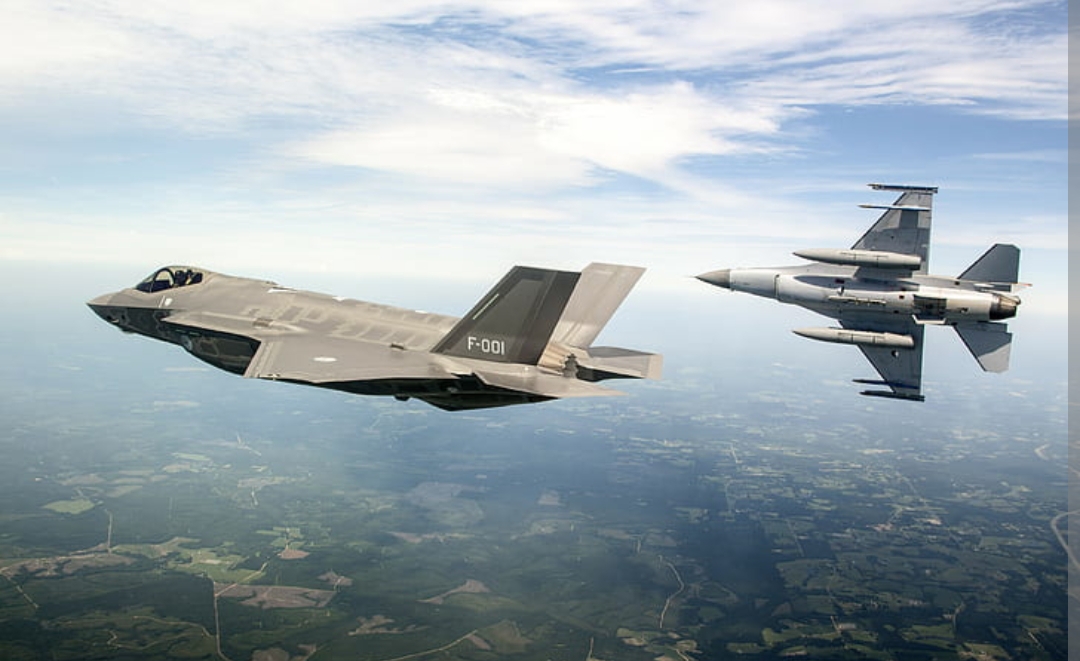
As a third activity, we will pump more funds into the LCA Mk2 project and increase the number of members on the team to speed up the development process. Next, we need to approve Advanced Medium Combat Aircraft (AMCA) for CCS clearance as early as possible.
To ensure the success of the AMCA project, a dedicated team and management should be in place. A very early stage will be dedicated to bringing in the private sector.
In 2030, the IAF could have 37-38 fighter squadrons when eight LCA Mk1 squadrons and 114 new fighters are introduced. In 2038, 42 units should be operational.
A potential end state could include 14 squadrons of Su-30 MKIs, two Mirage 2000s, two MiG 29, 12 units of LCA variants, two Rafales, six of the new fighter, and four AMCAs.
The Mirage and MiG 29 fleets of the IAF might have to be stretched. Unless AMCA can be brought to market faster, it can withdraw Mirage 2000 and MiG 29 more quickly.
When timely decisions are taken, funds are available, and AMCA and LCA Mk 2 development don’t experience severe delays, these figures are achievable. Aim to acquire eight large and ten smaller AWACS and at least 12 FRA aircraft by 2030 for the IAF.
Foreign assistance is necessary to speed up the DRDO’s development of these. In the meantime, it would be best to lease a few. Significant funding will be required to replace 12 deficient fighter squadrons by 2038 and the nearly 12 others that will retire by then.
Increased capital budgets would be required. It is often argued, especially by those who oppose 42 squadrons, that because Rafale and Su-30 MKI can achieve much better results than older MiG 21s, IAF should refrain from seeking 42 units.
This argument has flaws. In addition to fifth-generation fighters, India’s adversaries have already developed them. Not a single number is being reduced. To be competitive with the adversary, aircraft and weapon platforms should be comparable.
Investing in game-changing technology is also crucial for India. In addition to cyber and electronic warfare, these systems include artificial intelligence, unmanned systems, and hypersonics.
There will be a challenging time engaging in hypersonic flight and weapons. As force multipliers, they will enhance the effectiveness of high-value targets. Directed Energy Weapons (DEW) involve a lot of action.
These lasers are capable of burning incoming missile electronics or dazzling electric sensors. A significant future for India will also require it to master aircraft engines and AESA radar technology.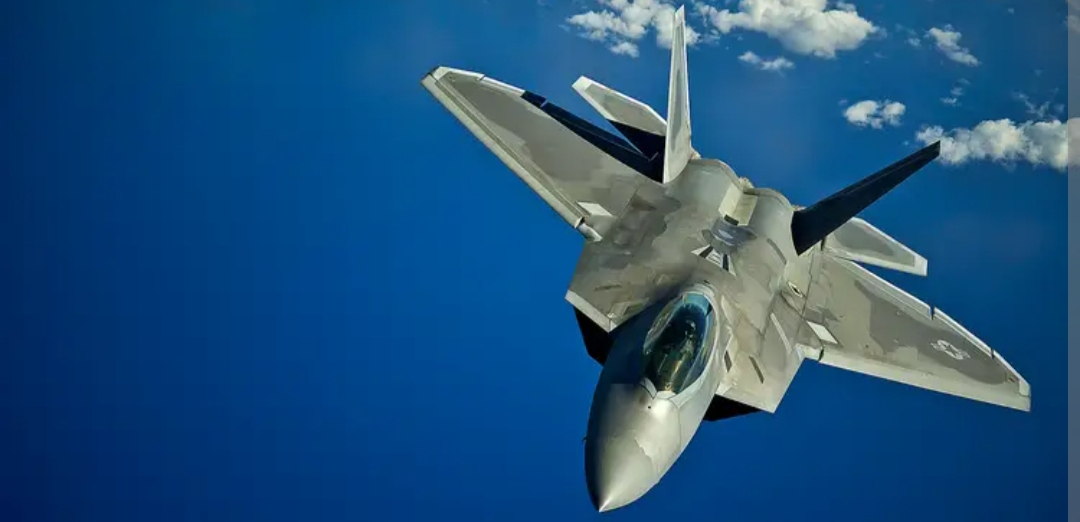
Investing in high-end technologies through joint ventures is the best route. The range of our weapons needs to be very long, mainly aerial missiles, with a range of around 400 kilometers.
A cruise missile range of 1,500 kilometers can also be launched by air. The modernization process is behind schedule. Aircraft systems are subject to obsolescence much faster than ground-based systems.
India should raise its defense allocations from 2.15 percent to around 2.5 percent of GDP if it wants to reduce the increasing gap with China. As a result of its well-trained and operationally experienced personnel, the IAF is well-prepared.
With increased numbers, the IAF will be much more capable of combating the PLAAF. Efforts must be made at a national level. There is no better time than now to act.
Edited by Prakriti Arora




